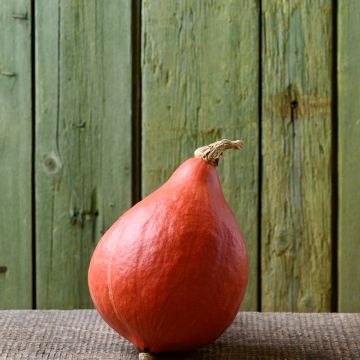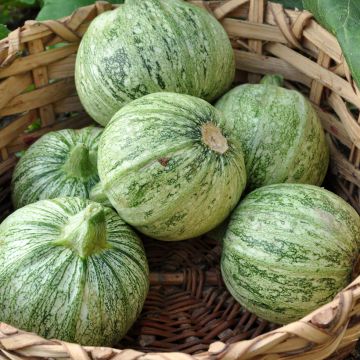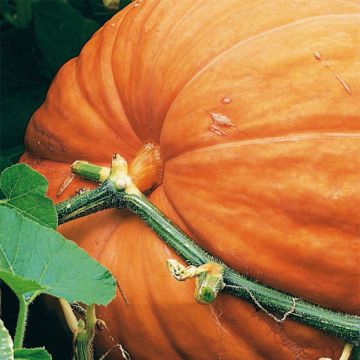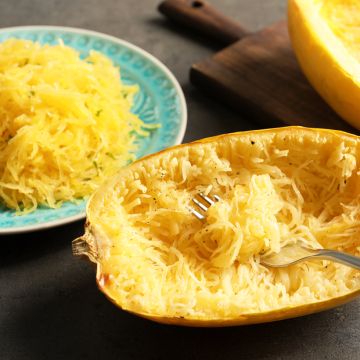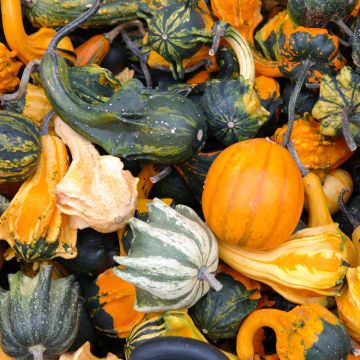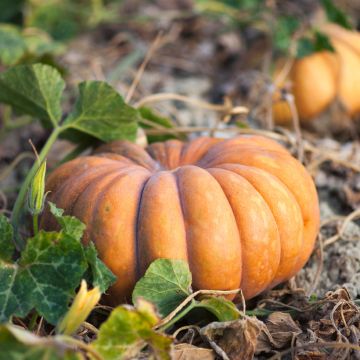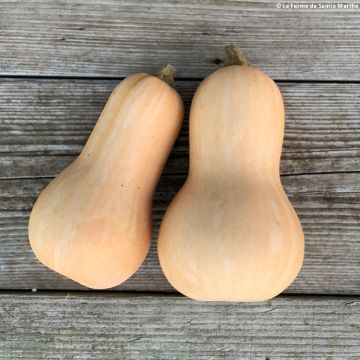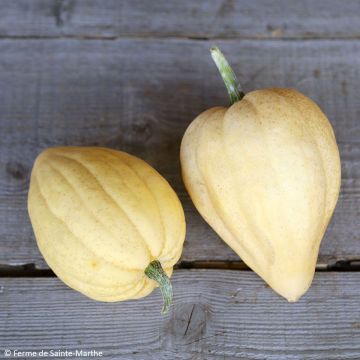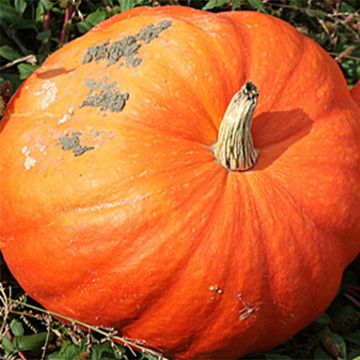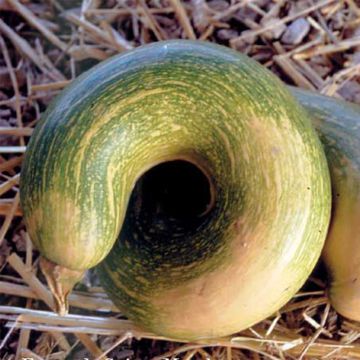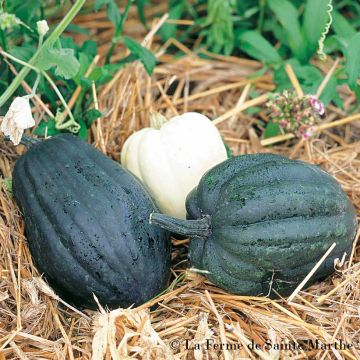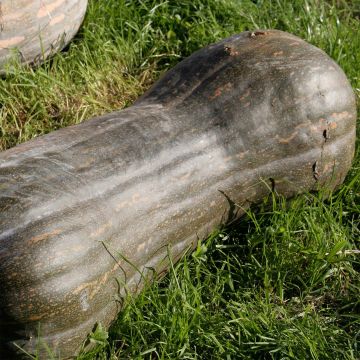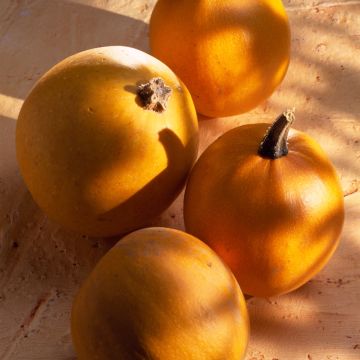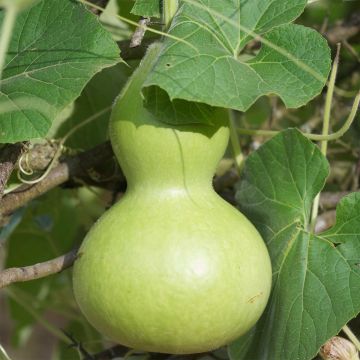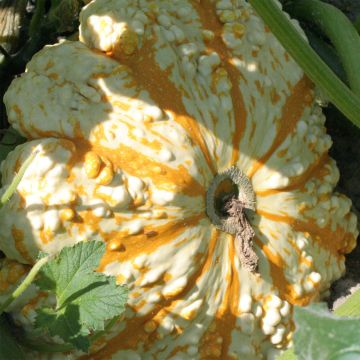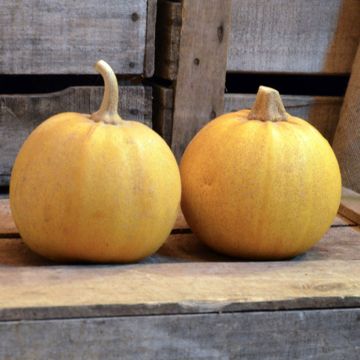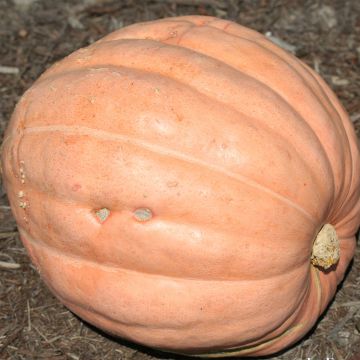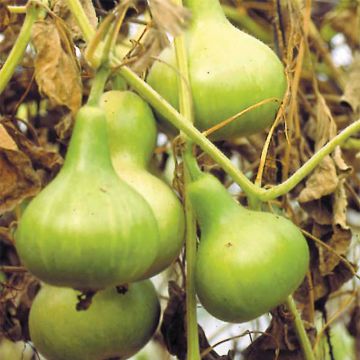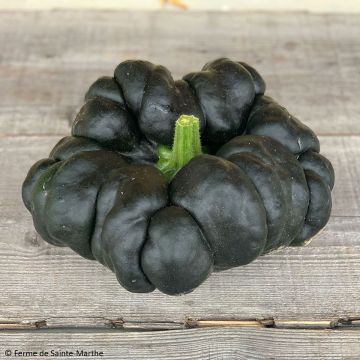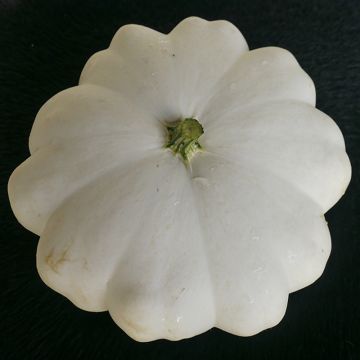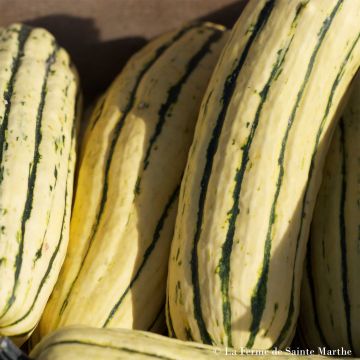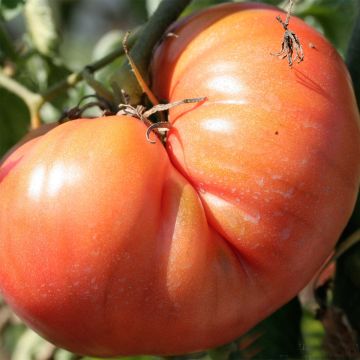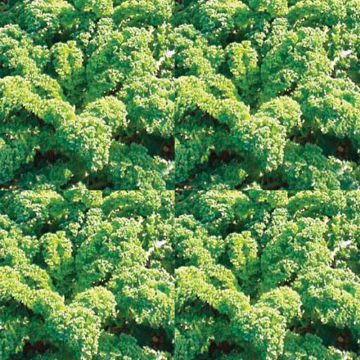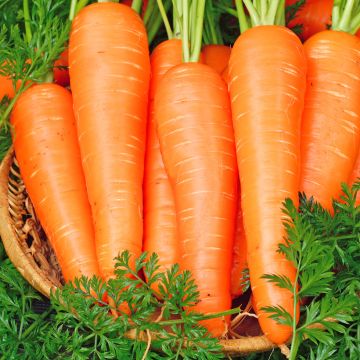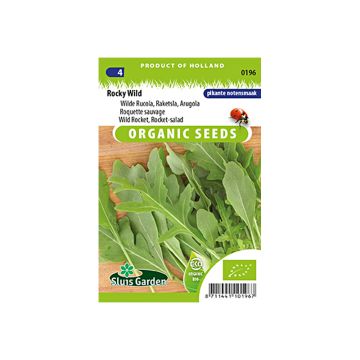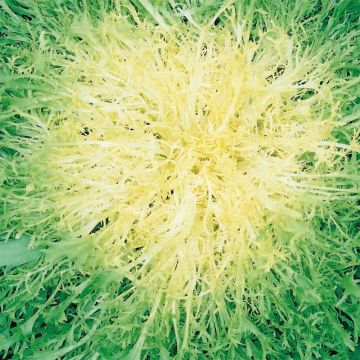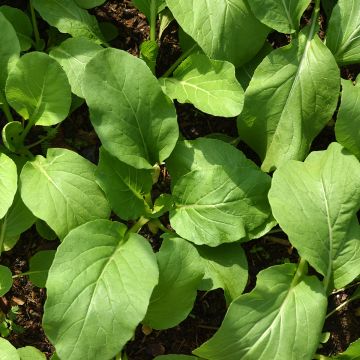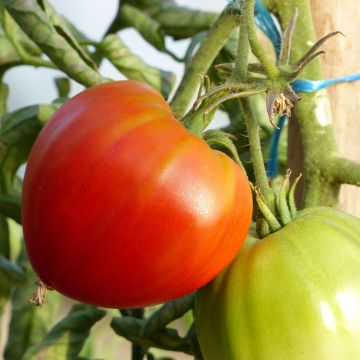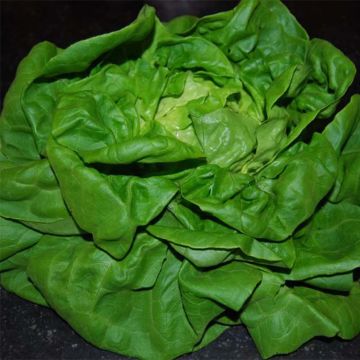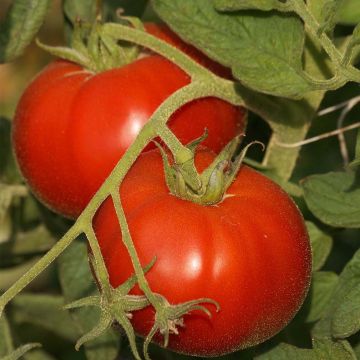Shipping country and language
Your country of residence may be:
Your country of residence is:
For a better user experience on our website, you can select:
Your shipping country:
Andorra
Austria
Belgium
Bulgaria
Canada
Chile
Croatia
Cyprus
Czechia
Denmark
Estonia
Finland
France
Germany
Greece
Hungary
Iceland
Ireland
Italy
Latvia
Lithuania
Luxembourg
Malta
Monaco
Netherlands
Poland
Portugal
Romania
Slovakia
Slovenia
Spain
Sweden
Switzerland
United Kingdom
We only deliver seed and bulb products to your country. If you add other products to your basket, they cannot be shipped.
Language:
French
German
Spanish
English
My Account
Hello
My wish lists
Plantfit
Log in / Register
Existing customer?
New customer?
Create an account to track your orders, access our customer service and, if you wish, make the most of our upcoming offers.
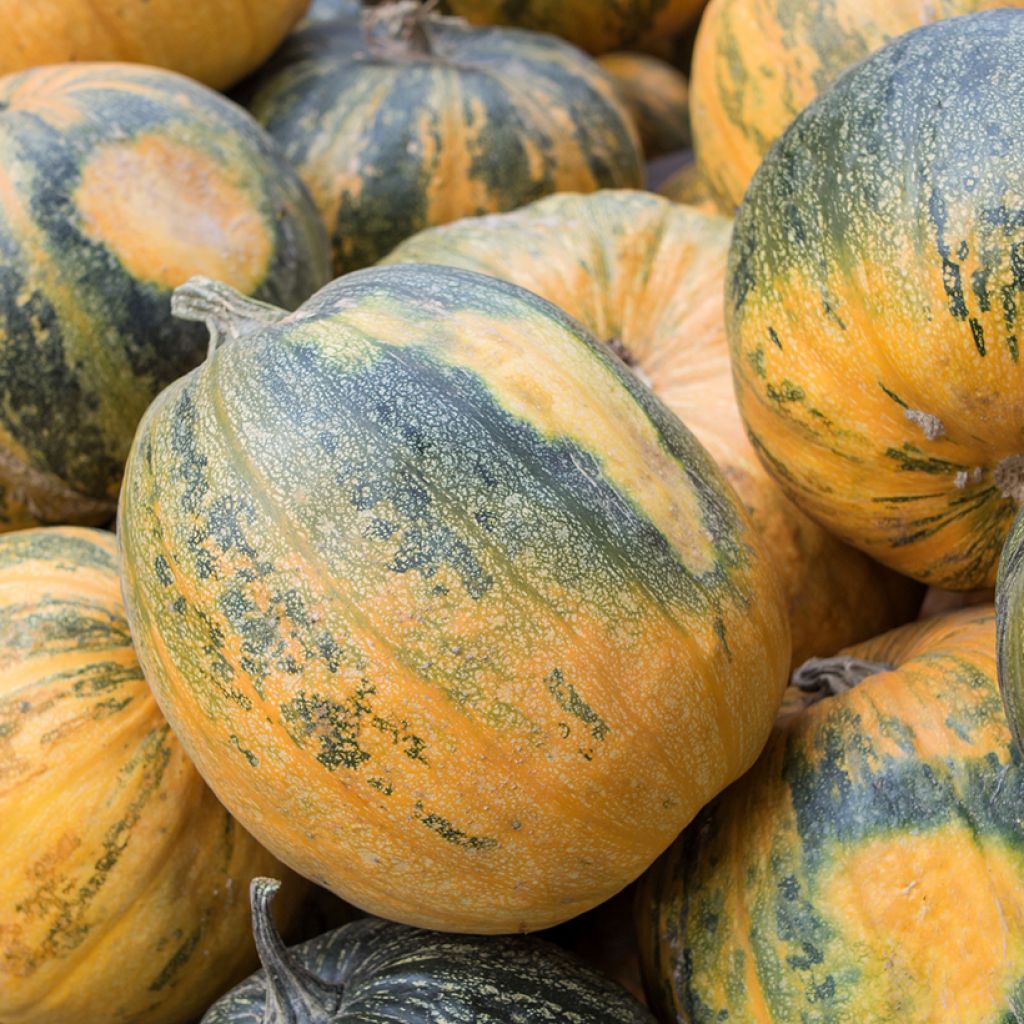

Squash Sucrine du Berry - Cucurbita moschata
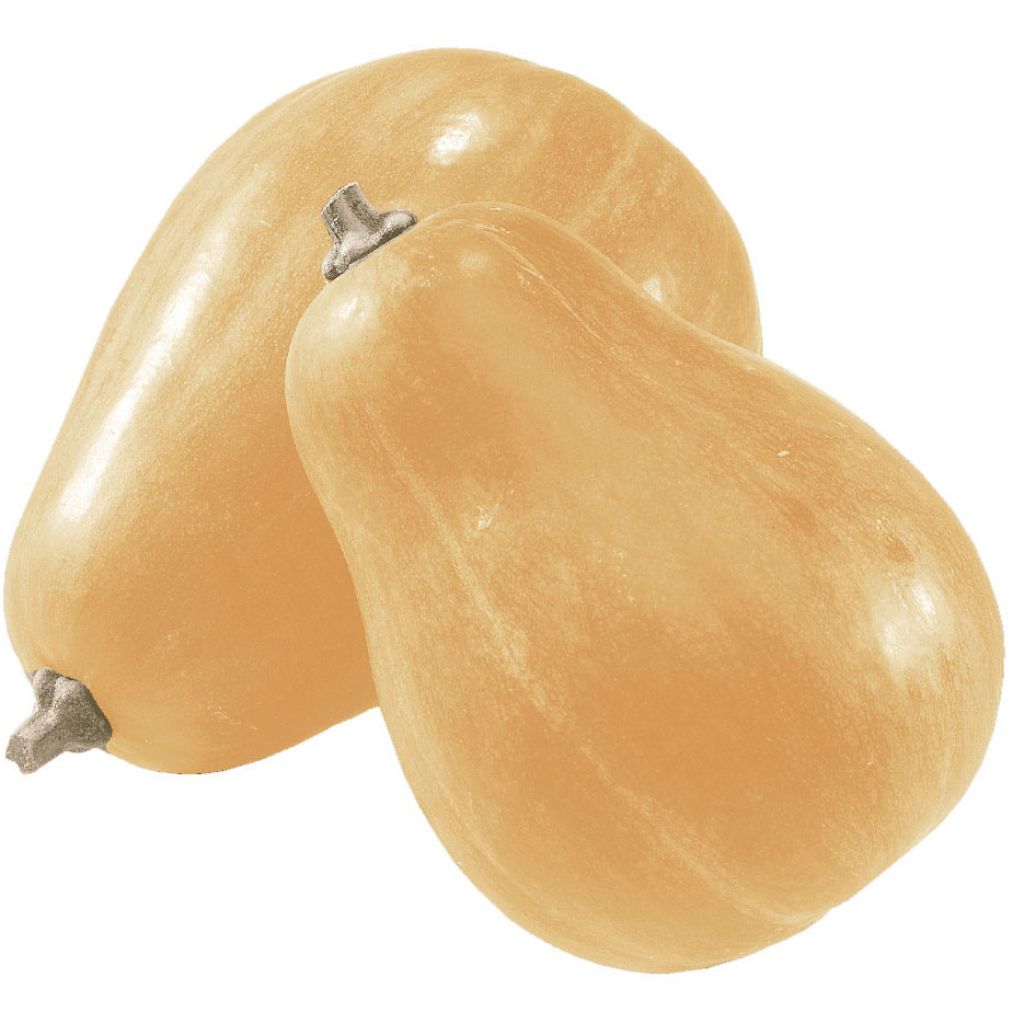

Squash Sucrine du Berry - Cucurbita moschata
Squash Sucrine du Berry - Cucurbita moschata
Cucurbita moschata Sucrine du Berry
Butternut squash, Crookneck pumpkin
no seeds have germinated
Marie-Luce, 30/09/2018
Why not try an alternative variety in stock?
View all →Order in the next for dispatch today!
Dispatch by letter from €3.90.
Delivery charge from €5.90 Oversize package delivery charge from €6.90.
More information
This item is not available in your country.
Schedule delivery date,
and select date in basket
This plant carries a 6 months recovery warranty
More information
We guarantee the quality of our plants for a full growing cycle, and will replace at our expense any plant that fails to recover under normal climatic and planting conditions.
Seed-only orders are dispatched by sealed envelope. The delivery charge for seed-only orders is €3.90.

Description
Courge Sucrine du Berry is a creeping variety. It produces 5 to 8 fruits per plant. Its fruits, measuring 12 to 15 cm (5 to 6in) in diameter, reach a length of 15 to 20 cm (6 to 8in). Fairly compact, it is adorned with a pale orange skin that makes it resemble a miniature Butternut squash. In fact, their weight ranges from 1 to 3 kg. The orange flesh is tender and sweet, making the Sucrine du Berry suitable for use in cakes or compotes. It can be stored for a long time under good conditions. To discover it, sow from April to June. Harvest from August to October.
Zucchinis and squashes are low in calories and rich in vitamins, especially provitamin A, vitamin B, and minerals.
Orange, green, red, yellow, black, or even blue, smooth, ribbed, warty, with tender skin, etc. squashes and zucchinis offer us an astonishing variety of shapes, colours, and sizes because they hybridize with disconcerting ease. That is why there are so many varieties.
In common language, winter squash refers to all kinds of pumpkins, potimarrons, butternut squashes, etc. with tough skin and delicately sweet flesh. Summer squashes or zucchinis, on the other hand, refer to the different varieties that are harvested when the skin is still tender. The latter are consumed with the seeds.
All of them are native to America and belong to the large cucurbit family. They were introduced to Europe in the 16th century.
- There are about ten species of squashes, of which four are the most cultivated in our vegetable gardens. These are Cucurbita pepo, Cucurbita moschata or musky squashes, Cucurbita maxima, and finally Cucurbita argyrosperma.
- Cucurbita pepo: these are the most represented in vegetable gardens and include certain pumpkins, zucchinis, pattypan squashes, etc. They are generally recognized by their rigid and cut leaves and their angular peduncle with at least 5 ribs that do not widen at the point of insertion on the fruit.
- Cucurbita moschata or musky squashes: they have soft leaves. The peduncle is very ribbed and visibly widens at the point of fruit insertion. The leaves take the shape of a heart.
- Cucurbita maxima: these are mainly pumpkins. Their peduncle is rounded and takes on a slightly spongy appearance. As the name of the species suggests, it mainly concerns varieties with large fruits. The leaves have 5 lobes.
- Cucurbita argyrosperma: very rarely represented in our gardens, they have trilobed leaves and a very thick, robust, and non-ribbed peduncle.
Generally climbers, they cling to any support with their tendrils. Female flowers can be distinguished from male flowers by their inferior ovary (below the flower), which resembles an embryo of a fruit. In many regions, male flowers are harvested just after pollination to be eaten stuffed or in fritters. There are multiple ways to consume squashes and zucchinis. Sautéed, fried, in gratins, in soups, or stuffed. Zucchinis are a key ingredient in Provençal ratatouille, Italian caponata, Maghrebi couscous, and many emblematic Mediterranean dishes.
Harvest: Squashes and zucchinis are fruits that need a lot of water to give their best. Squashes are best when harvested at ripeness. Zucchinis are harvested young and fresh, still immature. All of them should be handled with care and kept free from any cuts or bruises.
Storage: Zucchinis can be cut into pieces and frozen. Their delicate skin is not suitable for storage as is. Winter squashes with tough skin can be stored for several months and consumed throughout the winter. Unlike other fruits and vegetables, they need warmth for optimum storage. There is no need to store them in a dark place, so you might as well keep them where their plump silhouette can be appreciated.
Gardener's tip: Place a slate slab or a tile under the fruit. It will no longer be in direct contact with the ground, thus avoiding rotting due to moisture. Similarly, they particularly like slightly moist soils. Remember to mulch around the base, especially during the height of summer. Squashes and zucchinis are very susceptible to powdery mildew (a fungal disease that leaves a white fuzz on the surface of the leaves). Be careful not to water the leaves or flowers. Associate your squashes with alliums such as chives, onions, or shallots, or with legumes such as beans or peas. On the other hand, the marriage of squash and cucumber may be detrimental to both parties.
Harvest
Plant habit
Foliage
Botanical data
Cucurbita
moschata
Sucrine du Berry
Cucurbitaceae
Butternut squash, Crookneck pumpkin
Western Europe
Annual
Other Squash, Courgette and Pumpkin seeds
Planting and care
Sowing description: Sowing squash and zucchini seeds is very rewarding both for the quick emergence of the young plants and for their easy cultivation. They need well-drained soil rich in organic matter. They also require plenty of sunlight and water for beautiful fruits.
Early cultivation: In March or April, sow your seeds in groups of two or three in trays or pots with soil rich in organic matter. Then lightly cover and water to maintain a slight moisture. The emergence is quite fast: after about ten days, it is already time to thin out by selecting the strongest plants and transplant them into pre-prepared soil. Each plant requires a lot of space. If possible, space them 1 meter (3 feet) apart. Dig holes 20 to 25 cm (8 to 10in) in all directions and fill them two-thirds with compost. Then position the plant and put back the soil, pressing firmly.
Seasonal cultivation: Once all risk of frost has passed, which is usually the end of April or May depending on the region, sow two to three seeds in holes 2 to 3 cm (1in) deep. Lightly press down, then wait about ten days for the first shoots to appear. When they have reached a few centimetres, thin out by keeping only the strongest plants.
Harvesting can be done from July for immaturely picked zucchinis. Squashes are harvested in the autumn. A simple method to know the right time for harvesting is to observe the stem. If it is completely dry and the fruit is ready to detach itself, then the moment has arrived.
Seedlings
Care
Intended location
- , onOrder confirmed
Reply from on Promesse de fleurs
Vegetable seeds
Haven't found what you were looking for?
Hardiness is the lowest winter temperature a plant can endure without suffering serious damage or even dying. However, hardiness is affected by location (a sheltered area, such as a patio), protection (winter cover) and soil type (hardiness is improved by well-drained soil).

Photo Sharing Terms & Conditions
In order to encourage gardeners to interact and share their experiences, Promesse de fleurs offers various media enabling content to be uploaded onto its Site - in particular via the ‘Photo sharing’ module.
The User agrees to refrain from:
- Posting any content that is illegal, prejudicial, insulting, racist, inciteful to hatred, revisionist, contrary to public decency, that infringes on privacy or on the privacy rights of third parties, in particular the publicity rights of persons and goods, intellectual property rights, or the right to privacy.
- Submitting content on behalf of a third party;
- Impersonate the identity of a third party and/or publish any personal information about a third party;
In general, the User undertakes to refrain from any unethical behaviour.
All Content (in particular text, comments, files, images, photos, videos, creative works, etc.), which may be subject to property or intellectual property rights, image or other private rights, shall remain the property of the User, subject to the limited rights granted by the terms of the licence granted by Promesse de fleurs as stated below. Users are at liberty to publish or not to publish such Content on the Site, notably via the ‘Photo Sharing’ facility, and accept that this Content shall be made public and freely accessible, notably on the Internet.
Users further acknowledge, undertake to have ,and guarantee that they hold all necessary rights and permissions to publish such material on the Site, in particular with regard to the legislation in force pertaining to any privacy, property, intellectual property, image, or contractual rights, or rights of any other nature. By publishing such Content on the Site, Users acknowledge accepting full liability as publishers of the Content within the meaning of the law, and grant Promesse de fleurs, free of charge, an inclusive, worldwide licence for the said Content for the entire duration of its publication, including all reproduction, representation, up/downloading, displaying, performing, transmission, and storage rights.
Users also grant permission for their name to be linked to the Content and accept that this link may not always be made available.
By engaging in posting material, Users consent to their Content becoming automatically accessible on the Internet, in particular on other sites and/or blogs and/or web pages of the Promesse de fleurs site, including in particular social pages and the Promesse de fleurs catalogue.
Users may secure the removal of entrusted content free of charge by issuing a simple request via our contact form.
The flowering period indicated on our website applies to countries and regions located in USDA zone 8 (France, the United Kingdom, Ireland, the Netherlands, etc.)
It will vary according to where you live:
- In zones 9 to 10 (Italy, Spain, Greece, etc.), flowering will occur about 2 to 4 weeks earlier.
- In zones 6 to 7 (Germany, Poland, Slovenia, and lower mountainous regions), flowering will be delayed by 2 to 3 weeks.
- In zone 5 (Central Europe, Scandinavia), blooming will be delayed by 3 to 5 weeks.
In temperate climates, pruning of spring-flowering shrubs (forsythia, spireas, etc.) should be done just after flowering.
Pruning of summer-flowering shrubs (Indian Lilac, Perovskia, etc.) can be done in winter or spring.
In cold regions as well as with frost-sensitive plants, avoid pruning too early when severe frosts may still occur.
The planting period indicated on our website applies to countries and regions located in USDA zone 8 (France, United Kingdom, Ireland, Netherlands).
It will vary according to where you live:
- In Mediterranean zones (Marseille, Madrid, Milan, etc.), autumn and winter are the best planting periods.
- In continental zones (Strasbourg, Munich, Vienna, etc.), delay planting by 2 to 3 weeks in spring and bring it forward by 2 to 4 weeks in autumn.
- In mountainous regions (the Alps, Pyrenees, Carpathians, etc.), it is best to plant in late spring (May-June) or late summer (August-September).
The harvesting period indicated on our website applies to countries and regions in USDA zone 8 (France, England, Ireland, the Netherlands).
In colder areas (Scandinavia, Poland, Austria...) fruit and vegetable harvests are likely to be delayed by 3-4 weeks.
In warmer areas (Italy, Spain, Greece, etc.), harvesting will probably take place earlier, depending on weather conditions.
The sowing periods indicated on our website apply to countries and regions within USDA Zone 8 (France, UK, Ireland, Netherlands).
In colder areas (Scandinavia, Poland, Austria...), delay any outdoor sowing by 3-4 weeks, or sow under glass.
In warmer climes (Italy, Spain, Greece, etc.), bring outdoor sowing forward by a few weeks.
